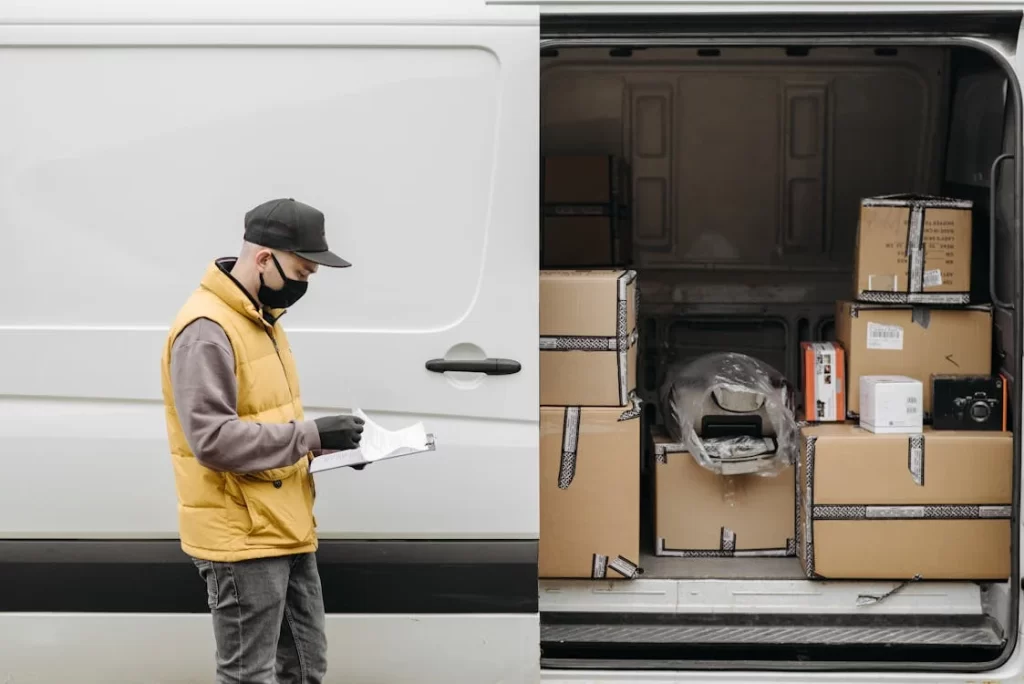The Princess Royal Parcel Hub is one of the largest and most advanced mail handling facilities in the United Kingdom which plays a crucial role in the country’s logistics and delivery infrastructure. As part of Royal Mail’s broader network, the hub is designed to process an immense volume of parcels, ensuring the efficient and timely delivery of mail across the nation. The hub not only serves as a critical node in Royal Mail’s distribution strategy but also reflects the company’s efforts to modernise its operations and meet the growing demand for parcel delivery in the e-commerce age.
The Location and Importance of the Princess Royal Parcel Hub
The Princess Royal Parcel Hub is located in the town of Northfield, on the outskirts of Birmingham, making it strategically positioned in the heart of England. This central location allows for the efficient sorting and distribution of parcels across the country, enabling Royal Mail to cover both urban and rural areas with equal efficiency.
The hub’s proximity to major road networks such as the M6 and M5 motorways further enhances its logistical advantages, ensuring that parcels can be quickly transported to and from the facility. This connectivity is essential for a company like Royal Mail, which needs to deliver parcels within tight timeframes and respond to varying demands, especially during peak seasons like Christmas.
The Operational Capacity and Capabilities of the Hub
The Princess Royal Parcel Hub is an impressive feat of engineering and logistics planning. It was opened in 2003 and spanning over 32,000 square metres, the facility is equipped with state-of-the-art sorting technology that allows it to handle millions of parcels every week.
The hub’s capabilities extend beyond traditional mail sorting. It includes specialised equipment that can handle large or irregularly shaped parcels, a common feature of modern e-commerce deliveries. By integrating advanced technology, the hub can sort parcels faster than older facilities, reducing the chances of delays and mis-sorts. This efficiency is vital in today’s competitive delivery market, where customers expect faster and more reliable service.
It also serves as a key link in Royal Mail’s international operations. It connects with other major mail hubs and distribution centres across Europe.
A Key Component of Royal Mail’s Modernisation Efforts
The Princess Royal Parcel Hub is a testament to Royal Mail’s commitment to modernising its operations. In recent years, the company has faced increasing competition from private courier firms and new market entrants such as Amazon, which has developed its own delivery network. To remain competitive, Royal Mail has invested heavily in infrastructure upgrades, of which the Princess Royal Parcel Hub is a prime example.
This investment has allowed Royal Mail to adapt to the changing nature of the delivery market, where the demand for parcel services has skyrocketed due to the rise of online shopping. The shift from letter delivery to parcel delivery has necessitated a transformation in how Royal Mail operates, and the hub plays a central role in this transition.
Impact on the Local Economy and Employment
The Princess Royal Parcel Hub is not just a logistics centre; it is also a significant source of employment and economic activity for the local community. The facility employs over 1,000 people, offering a range of jobs from administrative roles to technical and operational positions. During peak periods, such as the festive season, the hub often hires additional temporary staff, providing employment opportunities for those in the surrounding areas.
Beyond direct employment, the hub also supports a range of ancillary industries, including transport, maintenance, and supply chain services. The presence of such a large facility in Northfield has had a positive impact on the local economy, contributing to economic stability and growth.
Environmental Considerations and Sustainability
Like many large logistics facilities, the Princess Royal Parcel Hub faces environmental challenges. The facility’s high volume of parcel processing means that it has a significant carbon footprint, largely due to the use of heavy vehicles and energy-intensive operations. However, Royal Mail has made efforts to address these concerns by investing in more sustainable practices.
Royal Mail has introduced a fleet of electric vehicles for local deliveries and is exploring the use of alternative fuels for its heavy goods vehicles. Additionally, the company is looking at ways to optimise its operations to reduce energy consumption within the hub. By implementing these changes, it aims to contribute to Royal Mail’s broader sustainability goals, which include reducing carbon emissions and minimising environmental impact.
The Role of the Hub in the Post-Pandemic World
The COVID-19 pandemic dramatically altered the landscape of the delivery industry. With lockdowns and social distancing measures in place, consumers increasingly turned to online shopping for their needs. This surge in e-commerce led to an unprecedented demand for parcel delivery services, placing additional pressure on facilities like the Princess Royal Parcel Hub.
Royal Mail’s ability to meet this surge in demand was largely thanks to the efficiency and capacity of the Princess Royal Parcel Hub. The facility’s advanced automation systems and experienced workforce enabled it to process a higher volume of parcels without compromising service quality. This adaptability has reinforced the hub’s role as a cornerstone of Royal Mail’s logistics network.
As the world emerges from the pandemic, the changes in consumer behaviour are likely to persist. E-commerce is expected to remain a dominant force in the retail sector, and facilities like the Princess Royal Parcel Hub will continue to be essential in meeting this ongoing demand.
Conclusion
The Princess Royal Parcel Hub stands as a key pillar in the UK’s logistics and delivery infrastructure. Its strategic location, advanced capabilities, and role in Royal Mail’s modernisation efforts make it an essential component of the company’s operations. The hub’s impact extends beyond Royal Mail’s business, contributing to the local economy and employment, while also striving to meet environmental and sustainability goals.
